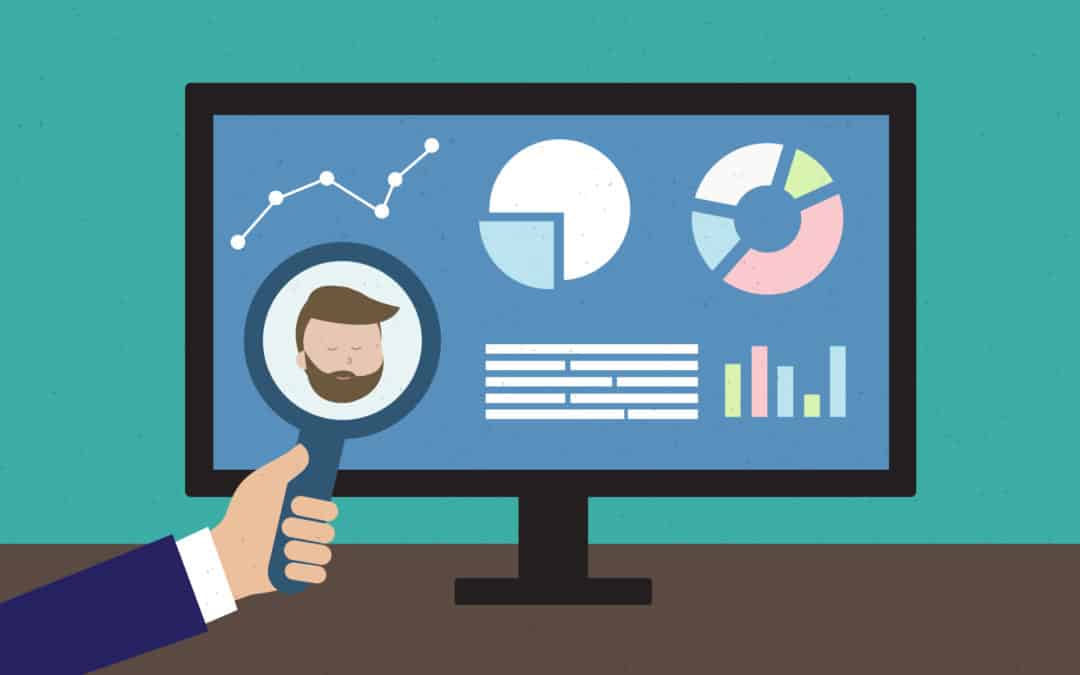Effective Strategies for Monitoring Work-from-Home Employees: A Comprehensive Guide
“How to monitor work from home employees?” Do you also fear that you may be losing control of your remote workers and failing business operations? Are you worried that your employees are not being as efficient in their work while working remotely? Well, it is high time to let go of that concern. With the right strategies in place, you can monitor your work-from-home employees and ensure that they are staying productive and engaged.
In this comprehensive guide, we will explore some of the most successful and suggested strategies and tips for managing and monitoring your remote workforce. Whether you are a remote team manager or a small business owner, this guide will equip you with information to stay ahead of the potential chaos in the new normal of remote work. So, let’s dive in.
Reviewing the existing company policies for a smooth remote work transition.

Transitioning to remote work can be tricky and chaotic, but having well-defined collaboration policies can make it easier. You need to take the time to review your existing policies to ensure they’re up-to-date and relevant to the current situation. By doing so, you’ll be able to identify areas for improvement and make any necessary adjustments to ensure a smooth transition to remote work for your team. A few things to consider when reviewing your policies might include communication protocols, project management tools, and remote access to company resources. With some thoughtful planning and preparation, you can help your team thrive while working remotely.
When all the necessary policies are in place, planning for something new becomes much smoother. Then, you won’t ever have to ask how to monitor work from home employees.
Integrating productivity tracking software into the work system.
Implementing productivity monitoring software can keep your workers organized, help them understand how they’re spending their work hours, and identify the reasons behind low productivity. By using a non-invasive tool and being transparent about it, you can avoid privacy and legal concerns while creating a more productive and engaged workforce. And the best part? When employees see that you’re using monitoring software to improve their overall work experience, they tend to become more enthusiastic about their work. So why not give it a try?
Identifying the perfect tools to aid with a seamless remote environment.
Employers should always check if the remote workers have all the necessary tools to carry out their duties effectively. This means providing access to everything that onsite employees have, such as policy manuals, mail supplies, and presentation templates. You also need to equip the remote workforce with the latest apps and software programs, as well as corporate credit cards, to ensure smooth financial transactions. By taking these measures, you can guarantee that your remote team is well-equipped to handle their tasks with ease.
Maintaining proper communication channel
When it comes to maintaining strong communication, disengagement can be a real challenge. But fear not; here are a few tips to keep your team engaged:
- Use multiple channels to keep things interesting. Email is great for sharing important news, but don’t forget about video conferencing for regular meetings and chat software for quick messaging.
- Set a response time limit to keep communication flowing. There’s nothing worse than waiting around for a response, so make sure everyone knows what’s expected of them.
Offering prompt and adequate support plus assistance when situations arise.
As a manager, you play a crucial role in supporting and empowering your remote workers. So, finding solutions on how to monitor work-from-home employees is your job. It’s vital to remember that they often need more guidance and assistance than employees in a traditional office setting. By providing them with all the necessary tools, equipment, and technologies, you can help them perform their work effectively and efficiently. Moreover, taking the time to offer mentorship and guidance to new remote workers can help with a smooth workflow and boost connection to the team. Also, offering opportunities for training and professional growth is a fantastic way to show your remote workers that you value their contributions and are committed to their long-term success.
Creating remote worker security policies for improved data risk management.
Let me share some insider tips on how to keep your data safe while working remotely. First, it’s important to acknowledge that remote work comes with its own set of security risks. By taking a few simple steps, you can stay protected and keep your company’s data secure.
- One way to do this is by developing a remote worker security policy that outlines best practices for data safety.
- Make sure all devices accessing the enterprise network have antivirus software in place.
- To ensure maximum protection, consider using cloud-based file sharing, encrypting your files, and setting up two-factor authentication on your devices.
- You can even implement a zero-trust framework to keep your data ultra-safe.
Continuously encouraging team unity to maintain a consistent work culture.
As a leader, managing remote teams can present some unique hindrances. But let’s face it, leading people is never easy, no matter where they are located. One of the toughest parts of being a manager is having those tough conversations with employees. You know, the ones – giving negative feedback on performance, addressing specific behaviors, or even dealing with disciplinary issues. And when you’re in a virtual environment, these conversations can be even more uncomfortable and prone to misunderstandings. But with the right level of emotional intelligence and intention, you can successfully navigate these tricky conversations and keep your team united, engaged, and performing at their best.
Timely follow-up with remote workers.
It’s important to communicate with remote employees regularly. However, there is no universal rule for how often managers should check in with them. The most effective one-on-one calls focus not only on monitoring productivity but also on keeping remote employees motivated and engaged. During these calls, managers can evaluate the employee’s overall performance, collaborate to identify and eliminate any potential bottlenecks, discuss plans for the employee’s professional development, and answer any relevant questions.
The frequency of these calls may vary depending on the employee’s job and individual needs. Hence, managers should strive to be flexible to accommodate staff needs and schedules while still maintaining productive workflows.
Cost-effectiveness does not imply cutting out on necessary resources and demands of the employees.
Keep in mind that remote work doesn’t always equate to cost savings. Don’t be fooled by the assumption that reducing office space would reduce traditional in-office costs. While you may spend less on physical office space, you’ll likely need to allocate those savings elsewhere depending on the demands of remote work. For example, you may need to invest in new or upgraded software and additional hardware so as to equip remote employees properly.
But on the upside, remote workers have the potential to be equally, if not more, productive than in-office workers. With the right strategy and support, you can set them up for success and reap the benefits of remote work.
Last but not least, applying key metrics and strategies is the answer for how to monitor work-from-home employees. Successful execution of these guidelines can help your remote workers stay productive and engaged and show evident growth.


